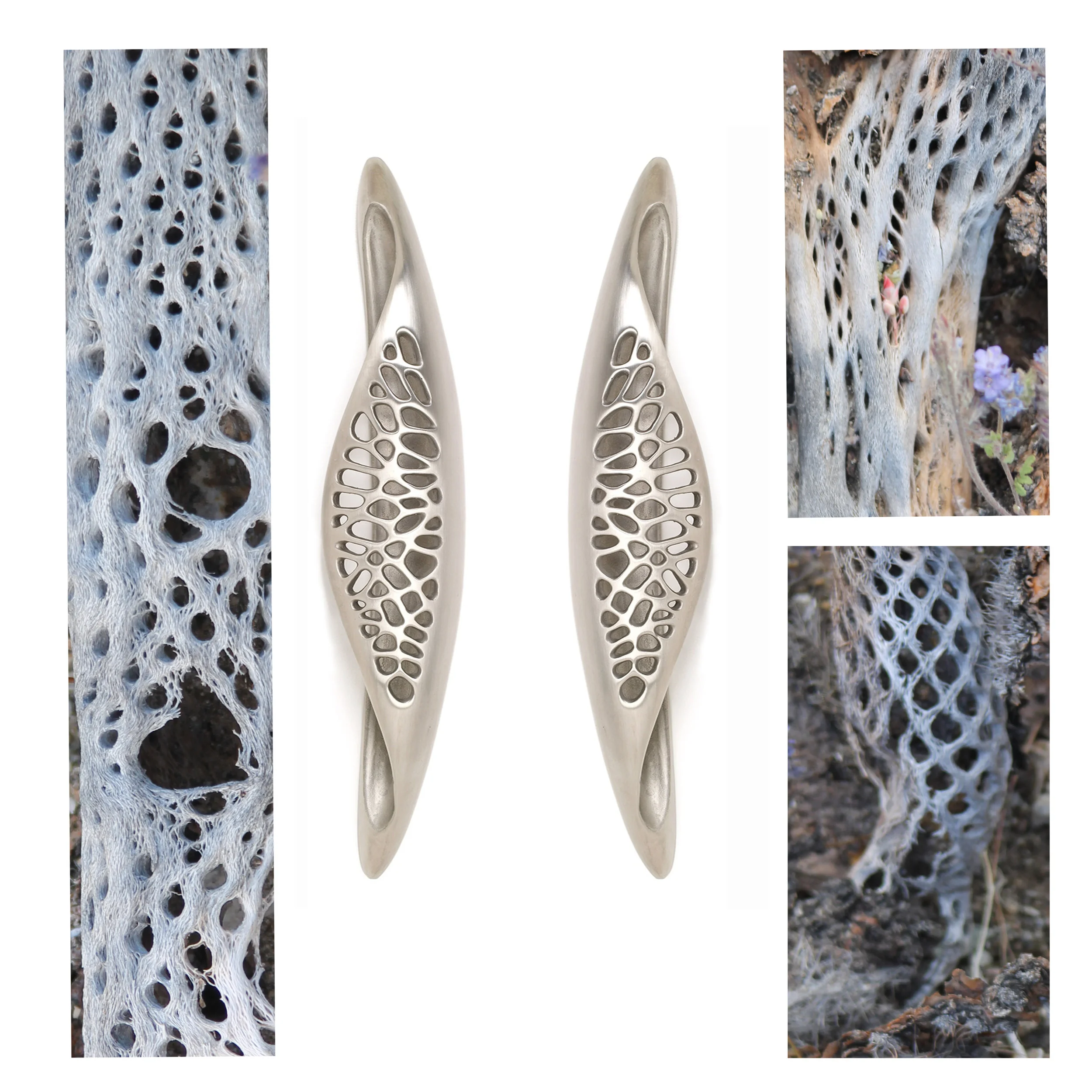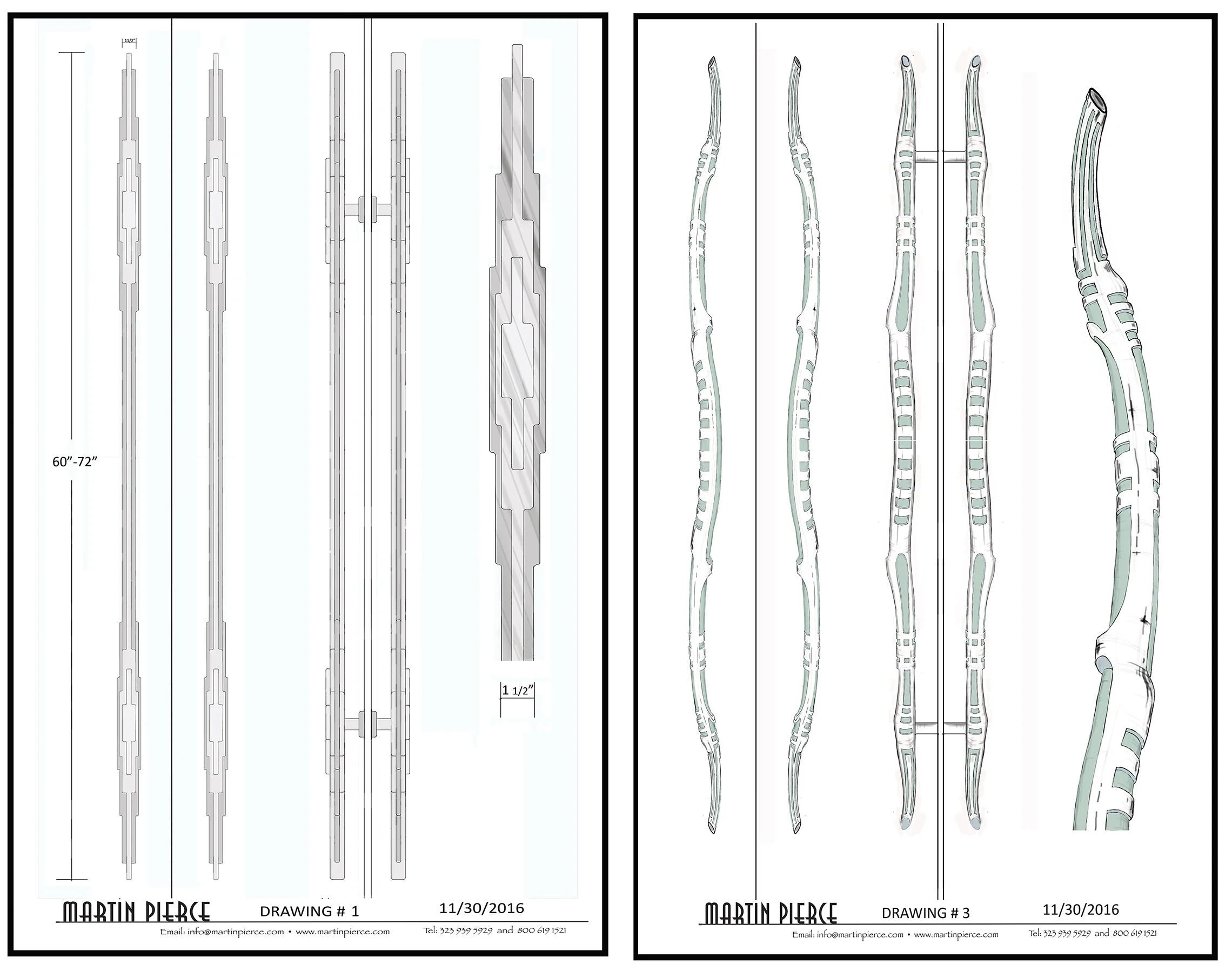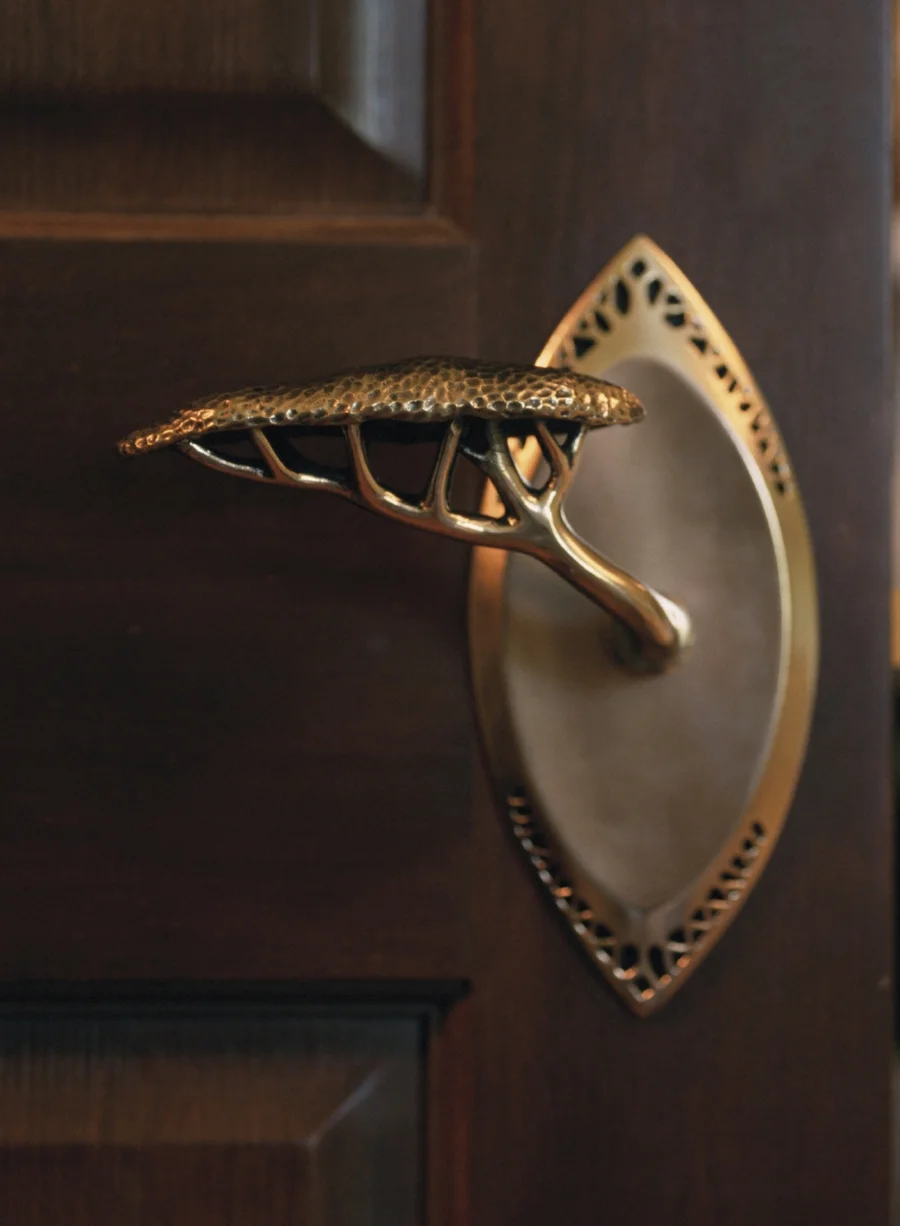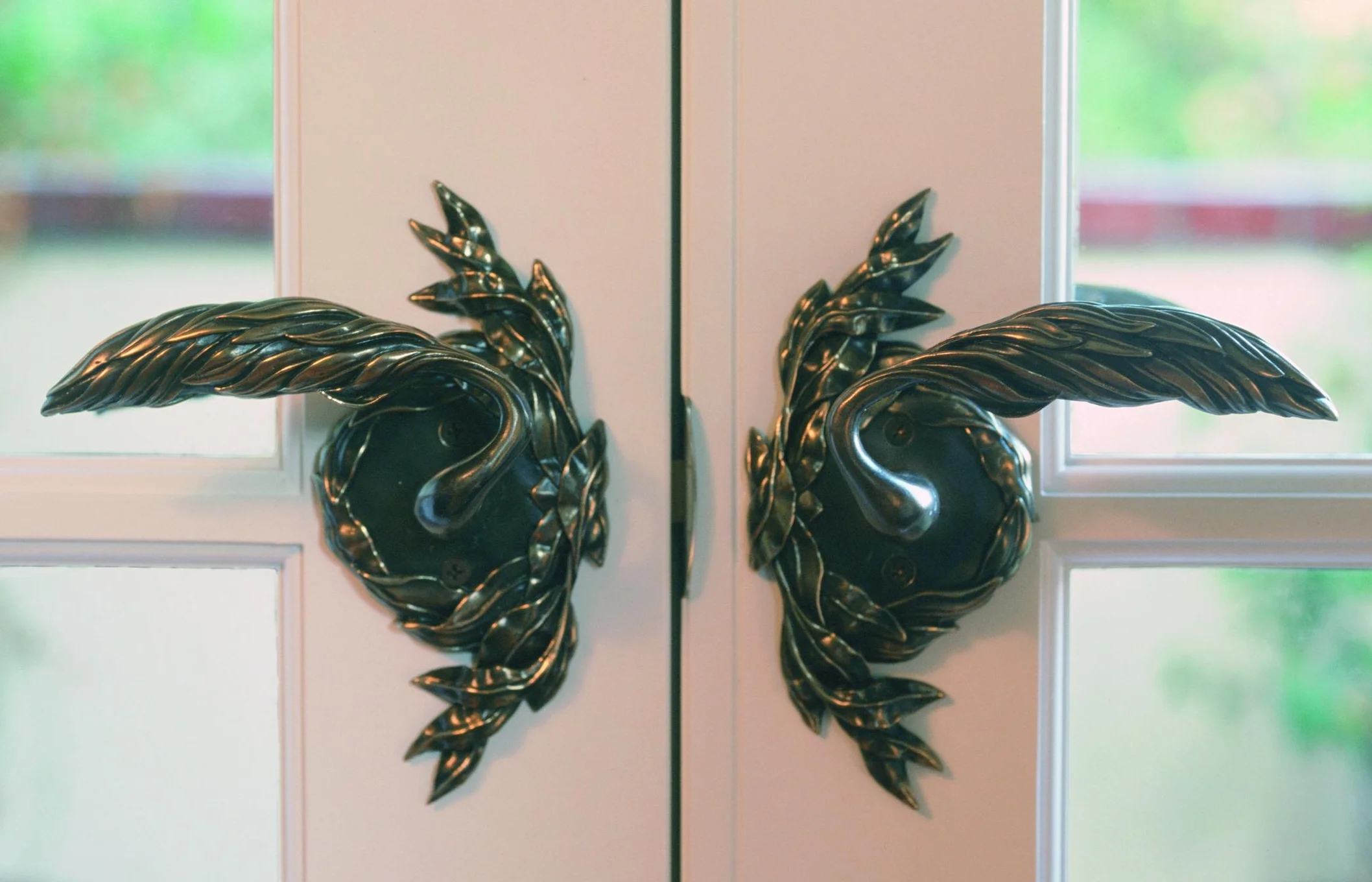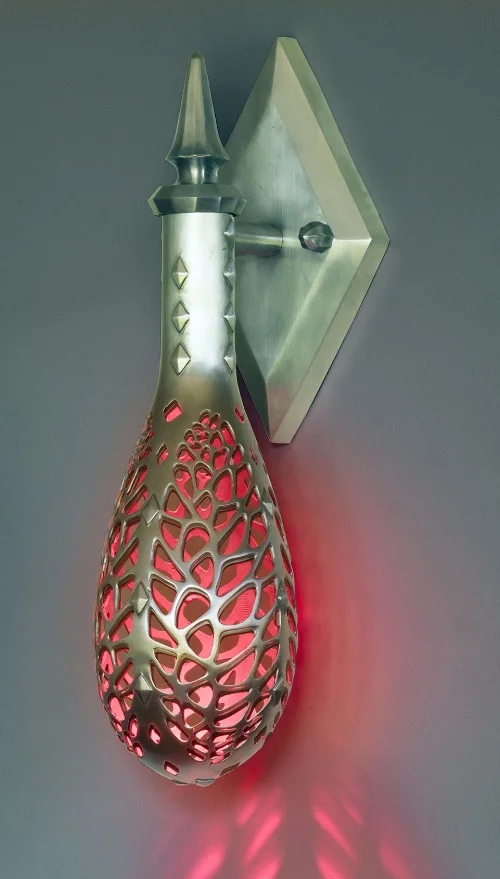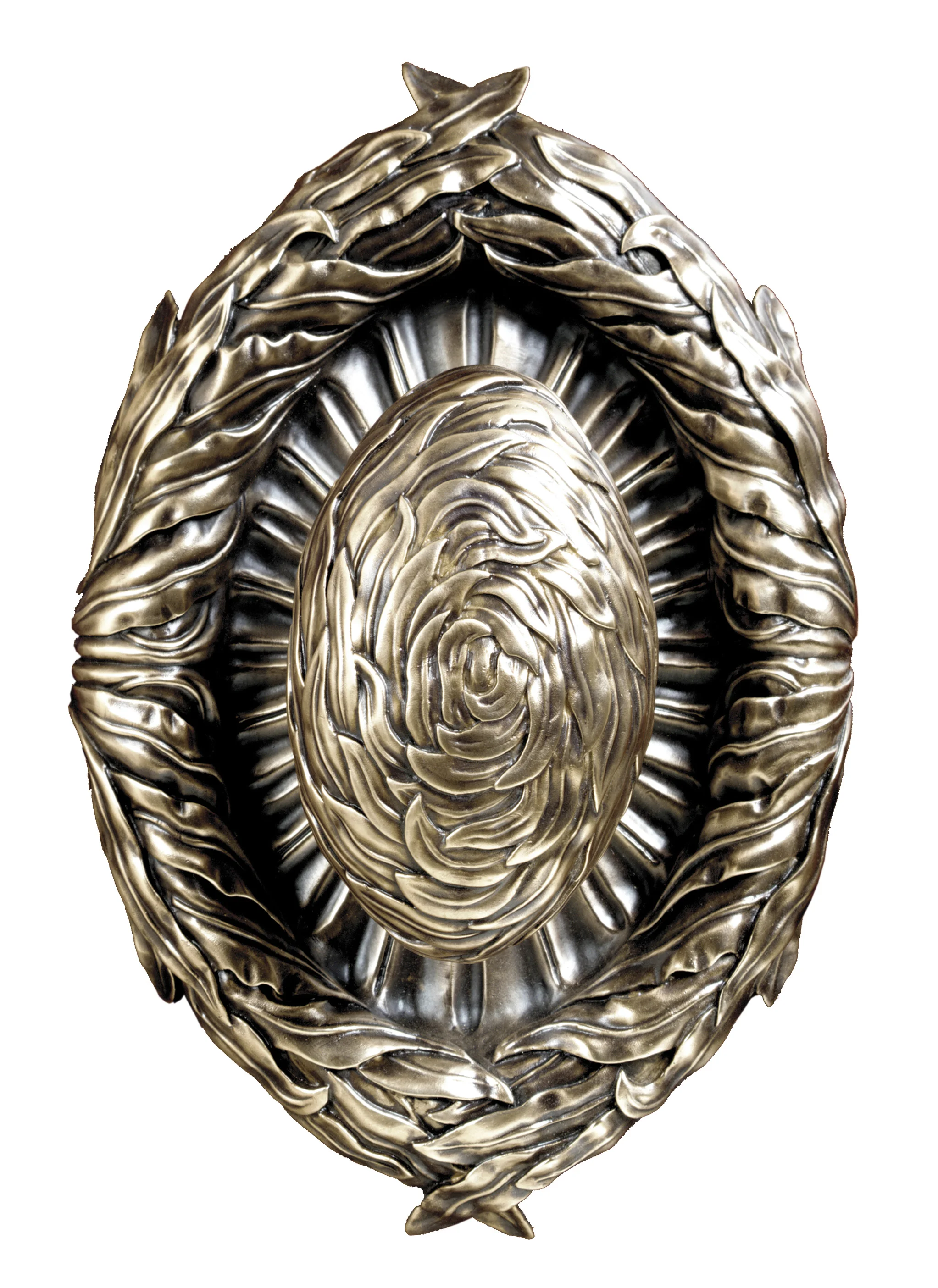Like many others we have just visited Borrego Springs to see the flowering cacti season which is now nearing it’s end for spectacular blooms. The red ocotillo are still to be seen with their spiky protrusions guarding their bright tubular flowers and some of the yellow brittlebrush were also in bloom but as we discovered there is more to the desert than colorful flowers.
When hiking through the sandy gravel terrain over hills and into dry stream beds what was equally beautiful to see were the dried mummified remains of the jumping cholla and the wreath like roots of the dying ocotillo plants. The jumping cholla bears an incredibly strong textural similarity to our Morphic door hardware and you would be forgiven for suspecting that Martin used this as his inspiration for this series. In truth the Morphic collection was consciously inspired by ocean coral but Martin Pierce is quick to admit that a stray image of the cholla plant may well have been lingering in the depths of his subconscious. In any event Anza Borrego springs is an inspirational haven for all and well worth a visit.
The area is dramatic and arid and at this time of year still not too hot to hike in during the early morning and evening hours. Borrego Springs can also be extremely windy and this helps keep the air clean and makes the night sky perfect for star gazing.

